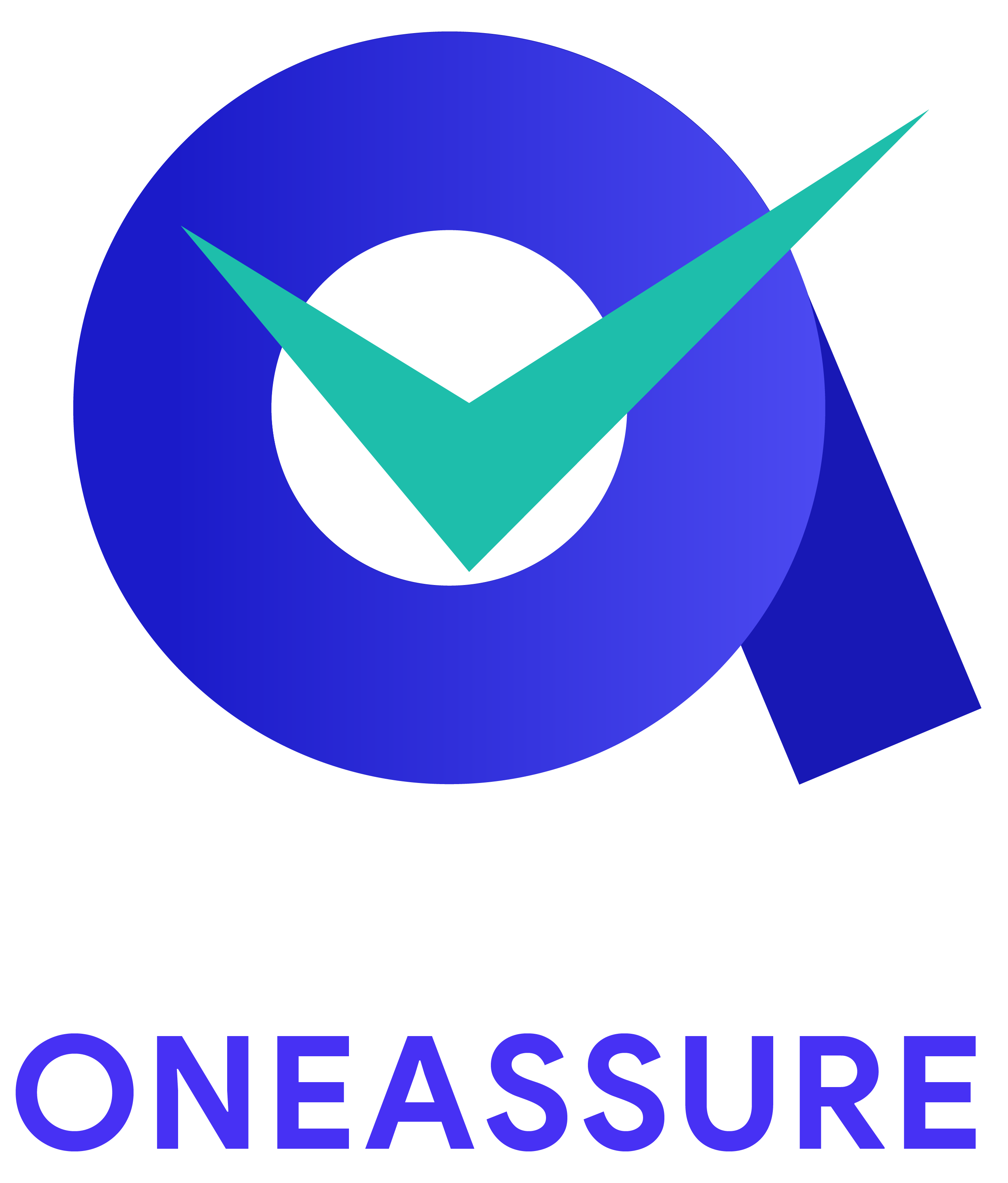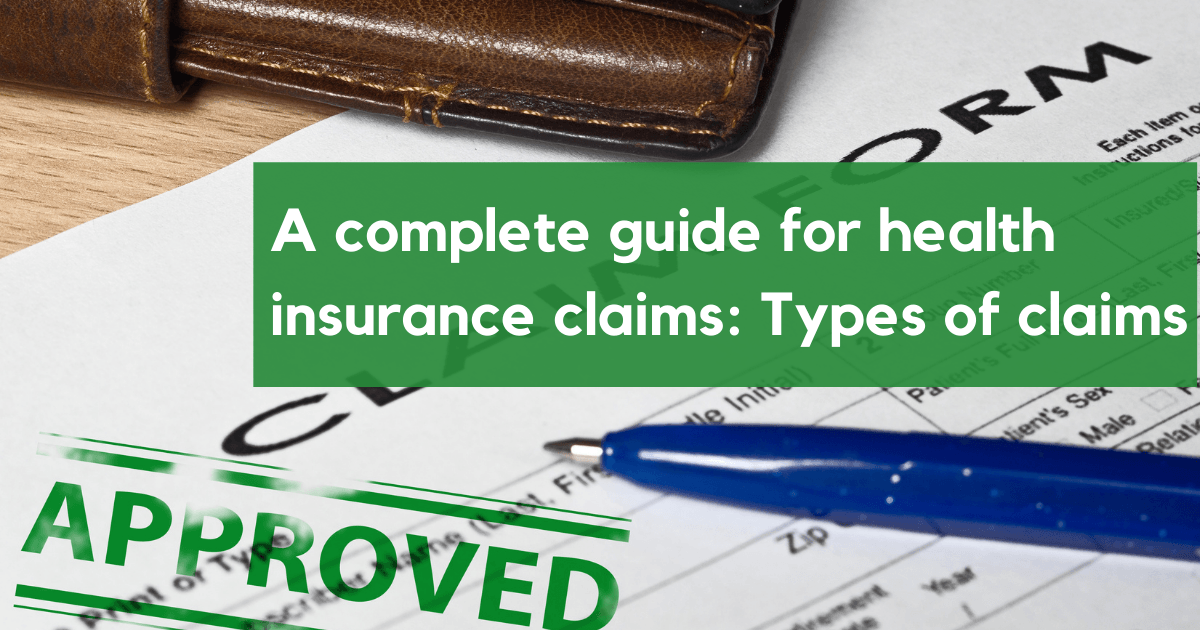The health insurance claim process is a bit technical. So, you need to know the process in clear detail so that you know what to do when there is a medical emergency. So, here’s a complete guide to the health insurance claim process.
Types of health insurance claims
Health insurance claims can be of the following types –
- Indemnity claims – when you are hospitalized and the health insurance plan covers your actual medical expenses
- Fixed benefit claims – when you get a lump sum claim under a fixed benefit policy if the covered contingency occurs
Modes of claim settlements
There are two ways in which your indemnity health insurance claims can be settled. These ways are cashless claims and reimbursement claims.
- Cashless claims
Cashless claims are allowed if you get admitted to a networked hospital, i.e. a hospital which is tied up with the insurance company. In this type of claim, all your medical bills are directly handled and settled by the insurance company. You just have to pay the disallowed expenses or the expenses that are not covered by the plan and your claim is settled.
Some consumables are usually not covered under Health Insurance Plans as Non-admissible Expenses such as PPE Kit, Toiletries/ Cosmetics/ Personal Comfort or Convenience Items such as brush, towel, gauze, etc. and External Durable Devices such as Walking Aids Charges, Nebulizer Kit, Steam Inhaler, etc.
- Reimbursement claims
Reimbursement claims, on the other hand, involve you paying the medical bills yourself. Thereafter, after you are recovered, you have to submit all the bills to the insurance company. The insurance company verifies the bills and then reimburses you for medical costs covered by the policy.
Reimbursement claims occur in the following instances –
- When you take treatment at a non-networked hospital
- If your cashless claim is not approved due to any reason
- In case of pre and post-hospitalization expenses, claim settlement is done on a reimbursement basis only
The claim process:
- Cashless claims:
- Locate a networked hospital from the insurance company’s website.
- Inform the insurance company or the third-party administrator (TPA) of the insurer of your claim by calling them or via email.
- A pre-authorization form needs to be filled up for cashless claims, which is available both at the insurance/TPA desk in the hospital and on the insurance company’s website.
- Documents for the cashless claim:
- Pre-authorization claim form
- Policy Health card
- The KYC documents of the insured such as Aadhar and PAN card
- Doctor’s advice for hospitalization
- The time limit for submitting the pre-authorization form:
- For planned hospitalization, you need to submit 3-4 days prior to hospitalization
- For emergency hospitalization, it needs to be submitted within 24 hours of hospitalization.
- The rest of the work is handled by the TPA/insurance desk of the hospital.
- Based on the pre-authorization form, initial approval for the cashless treatment is provided, after which treatment can continue.
- Get the hospital to send the bills early so as to avoid delays during discharge. The insurer or the TPA would process the final approval based on the documents submitted by the hospital at the time of discharge along with all reports and bills.
- Then, once the final approval for the claim is processed, the pending non-payable amount needs to be directly paid to the hospital and then the patient can be discharged.
If, however, the claim is rejected, the insurer would provide a reason for the same. You can go for a reimbursement claim if the claim gets rejected.
2. Reimbursement claims
- It is a good idea to intimate the TPA or the insurer of the possible claim, to avoid any possible delays
- You would have to fill up a claim form and submit all the required documents to the TPA or the insurance company.
These documents include the following –- Doctor’s advice for hospitalization
- All original diagnostic and investigative reports
- All the hospital records and doctor’s reports outlining the line of treatment you have received
- All hospital and medical bills, in original
- Doctor’s prescription showing that you have recovered and your treatment is complete
- FIR or medico-legal certificate in accidental cases
- The KYC documents of the insured such as Aadhar and PAN card
- A canceled cheque of the bank account for receiving the reimbursement of your claim
- A copy of the policy document and the health card
Note: Pre and post hospitalisation claims have to be done on a reimbursement basis, even for cashless claims.
Claims under fixed-benefit health insurance plans
For claiming a fixed benefit health insurance plan, like a critical illness plan or a hospital benefit plan, you would have to inform the insurance company of the incident. The claim needs to be submitted along with a form, the insured’s documents, original bills and reports, and the policyholder’s bank account details for the payout. However, the exact documentation varies from plan to plan.
For example, critical illness plans pay the claim on the diagnosis of the illness. Thus, the doctor’s certificate showing the diagnosis and the investigative test reports should be submitted along with the claim form and the insured’s KYC documents.
For hospital daily cash benefit plans, hospitalization for 24 hours is a must. So, the doctor’s prescription recommending hospitalization as well as the hospital records and medical bills associated with hospitalization and the insured’s KYC documents and policyholder’s bank account details need to be submitted.
The health insurance claim process has been made hassle-free by insurance companies so that you can claim with ease. You can also find out the list of documents from the hospital’s insurance desk and arrange for them in advance for a quicker claim settlement.
Want to read about what to do in case of multiple claims? Click here.


[…] Want to read more about cashless & reimbursement claims? Click here. […]
[…] You can read more about claims here. […]